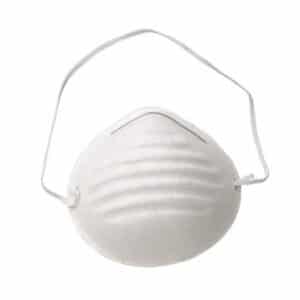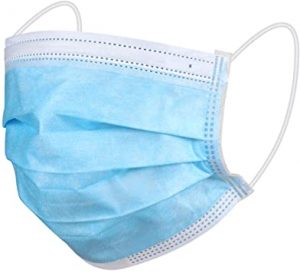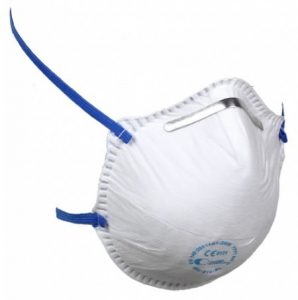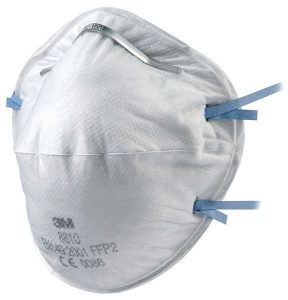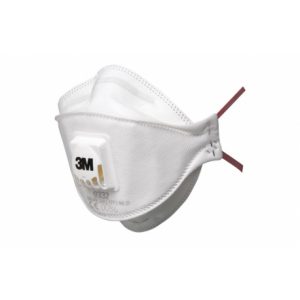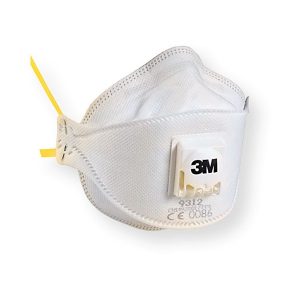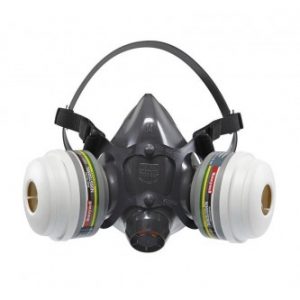La SARS-CoV-2 pandemic it has reached most of the countries. In some it is wreaking even more pronounced havoc, as is the case in Italy and Spain. Despite confinement, some people need to get out of the house. Either to go to your job, to go shopping, or to go to the doctor. But in those moments you expose yourself to being able to infect someone if you are a carrier of the virus or to be infected if you do not take the appropriate measures.
In addition, the confinement measures will gradually relax. This is precisely the most critical moment of all. It can give many people a false feeling that everything has happened and they will relax in terms of measurements, potentially leading to a new rise in the contagion curve. Therefore, life after this restrictive confinement is going to change in many ways and you must be prepared to face it. Only then will you be safe and also protect yours ...
Types of masks and their protection
All the masks have become a very precious commodityEven more so now that confinement measures are beginning to be gradually opened and many people will have to go out to work, exercise, walk with minors, etc. The problem is that there is a strong demand and a great shortage of these personal protection items. That has caused prices to skyrocket by as much as 500% in some cases.
Although some are taking advantage of abusive prices and how difficult it is to get one, you should know that they are not reusable. They are single-use products and should be thrown away once you use them. But given the shortage, the authorities are calling for them to be disinfected and reused. Something unusual ...
The ideal would be certified masks with the CE logo and that are governed by the European Union standards for this type of protection elements. But at the moment you are going to find lots of masks that come from China and without those guarantees.
And if that is not enough, you should know that they exist many types of masks and not all of them are effective in preventing the spread of SARS-CoV-2. And it is important that you know them so as not to be surprised and know the risks to which you expose yourself or others depending on the type of mask. You must have already seen the news that has jumped to the media about a batch of masks that did not work and that have been distributed to many toilets.
Types of masks
- Hygienic
- Surgical
- FFP1
- FFP2 without valve
- FFP2 with valve
- FFP3
- Half mask
Between all types of masks you will find these that are not always effective against the virus:
- Hygienic: they are not considered as PPE (Personal Protective Equipment). You should avoid them by all means. They are simple masks without the CE certificate. With them you can infect yourself and also infect others.
- Surgical: they are the typical ones that are being distributed to the population, and which are made of fine tissue and with folds. There are several types such as I, II and IIR. They are also not PPE and should be discarded after a single use. They are created under the EN 14683 standard, and they only serve so that you do not infect others, but they would not prevent you from being infected.
- Type FFP1: they prevent you from infecting others, but they do not protect you against contagion such as surgical procedures. They are single-use, self-filtering and must have the CE logo to be safe.
- Type FFP2 without valve: it is the best option if they are certified, since they protect you against contagion and also prevent you from spreading it to others if you are infected.
- FFP2 with valve: similar to the previous one but having a valve you can infect others by escaping particles through the valve.
- FFP3 with valve: similar to the previous ones, they can prevent contagion but they will not prevent you from infecting others through the valve.
- Half mask: they are the only ones on the list that are reusable, and are intended for professional use, such as painters or those that handle certain volatile chemical elements. They cover the mouth and nose, and are under the EN 140 standard. In this case they serve both to avoid contagion, but they do not prevent you from contagion by having escape valves.
They have also been able to see some tutorials online to make homemade masks. You should avoid these tutorials, as many result in masks that are of little use. That can lead people to have a false sense of protection and make some mistakes, such as getting too close to people believing that they are protected and not being ...
Disinfect the masks
What should not be done, but must do is disinfect some masks that are only for one use. The situation of scarcity and exceptionality forces them to be reused due to the lack of masks and the abusive prices. Therefore, you must follow the following steps to be able to reuse the masks several times:
- Option 1: Wash the mask with normal laundry detergent at a temperature of 60 - 90ºC. Then let them dry.
- Option 2: soak the masks in 1 liter of water with 20 ml of bleach for 30 min. Then wash with soap and water and let them dry.
- Option 3: use a sprayer to spray with a virucidal authorized by the Ministry of Health (Ecodyl, Vaprox, Bactoclean, rely + On Virkon, etc.). Then wash with soap and water, and let it dry.
If you notice that it has cracks, or some kind of break, then there is no choice but to discard the mask. In that case, you cannot continue reusing or disinfected it.
Personal hygiene
La household and personal hygiene are now more important than ever. Good practices are to clean your home using disinfectants such as bleach dissolved in water, or to use disinfectant wipes, disinfectant gels, etc., to clean elevator buttons, door knobs, latches or railings, etc. Remember that the dishwasher with a program of 60 degrees or more can help disinfect if there is someone sick at home.
This also applies to the packages that arrive by courier and the products you buy At the supermarket, you should also disinfect them one by one with a cloth dipped in a solution of water + bleach (ratio of 1 part bleach to 50 parts approximately). Beware of other recipes on the Internet for homemade disinfectants that are not effective.
As for your personal hygiene, you already know what you should do a precise routine implying:
- Wash your hands properly whenever you touch surfaces, especially if they are public surfaces. If you've touched a surface and can't wash right away, avoid touching your nose, mouth, or eyes until you can wash. You can also use some type of disinfectant gel as a supplement, but not as a substitute for hand washing.
- You can put the shoes sole in a container with a solution of water and bleach that you have prepared on the door to disinfect the sole.
- Take off the clothes and leave it outside on a terrace or balcony that you have for a few hours. Then you can wash it in the washing machine with programs from 60 to 90ºC to disinfect it. If it is a fabric that does not tolerate this temperature, you can use a little bleach for the washing process.
- Shower every time you enter the house from the outside.
- La beard or long hair it can also be a problem right now.
- Carry the short nails it also helps to avoid another nook in which dirt can accumulate. Also, if you wear gloves, long nails could break the finer ones.
Taking care of your pets
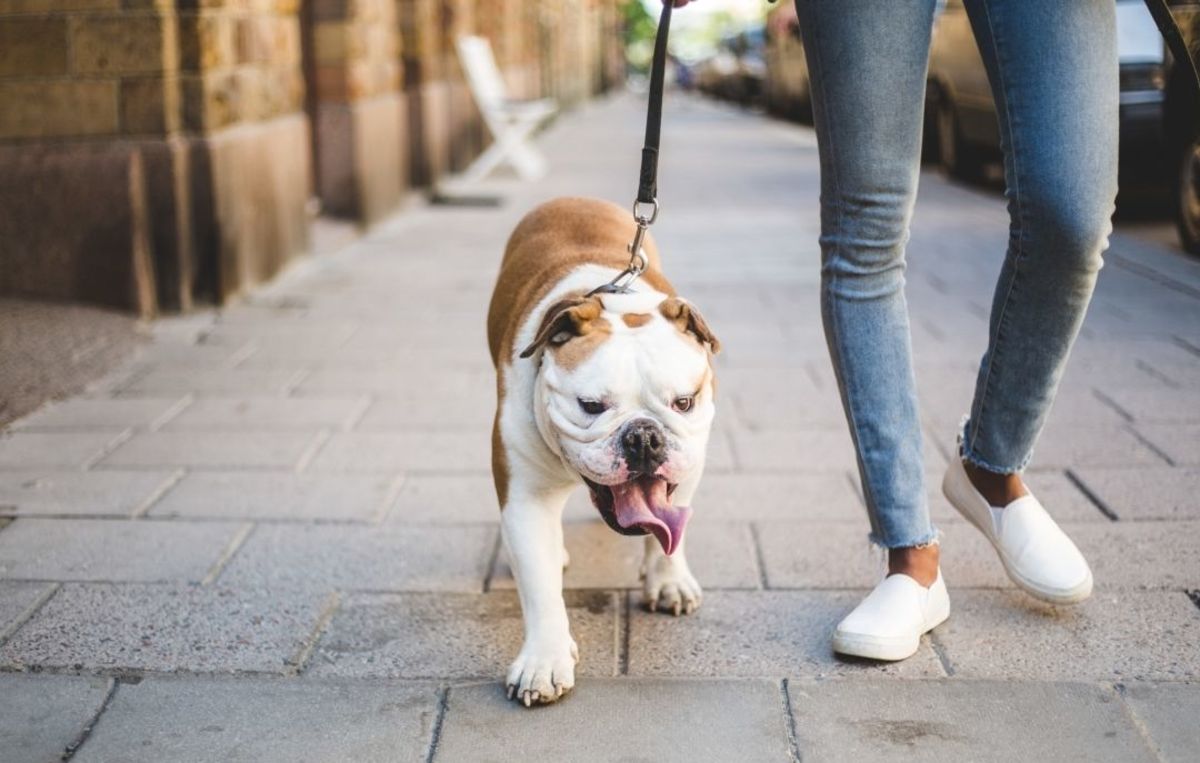
Lastly, pets should not neglect them either. They are not invulnerable to SARS-CoV-2, there have already been cases of contagion from pets by this virus. Therefore, a series of guidelines and tips must be followed so that their well-being is guaranteed, especially the dogs that you take for walks outside, where viruses can be brought home.
You must take certain precautions and not use certain disinfectant gels with them that can cause burns or irritations. Also, do not spray them with any type of solution, since they tend to lick their bodies and can ingest the chemical. The nose and mouth area is another sensitive area, and in principle you shouldn't clean it with chemicals. The only part that you can and should disinfect after the ride they are the legs, in the area of the pads.
In order to disinfect your dog's paws you must follow these steps:
- Before entering home, you should prepare everything you need to clean the dog's paws. You should not enter the home and step on all surfaces or climb on furniture or sofa. If you have a small entrance or garden, it will be the ideal place to do it.
- Prepare a bucket or container with disinfectant solution. You have several options that you can choose according to the behavior and stamina of your pet, since some involve more additional steps:
- Bleach and water ratio 1:50. This solution is the preferred and the most effective. It is non-irritating and eliminates the virus 100%. You can make it with 1 liter of water and 20 ml of bleach. Put the dog's four legs in and that's it.
- Alcohol 70:30. It is another alternative, but in this case it can be irritating and is toxic if the dog licks itself. Therefore, you should only use it if you do not have the possibility to use the first one.
- Soap and water. It is another innocuous alternative to the first, but somewhat slower. If your dog is not still, it may be less practical, since you need to wet the paws in the soapy water, to wash them and then dry them. This solution would also be recommended to clean your face and tail if necessary. Also, remember to use special gels or soaps for them.
- Dip the dog's paws in this solution and make sure the pad area is well soaked.
- Then you can dry the animal's legs with a cloth or towel and it will be ready to enter. Remember to wash the towel in a disinfectant solution or with washing programs of 60ºC or higher to disinfect it as well.
In case you notice unusual symptoms or any kind of problems, you should check with your vet as you would in any other circumstance. The professionals are the ones who will give you the best advice to solve problems ...
